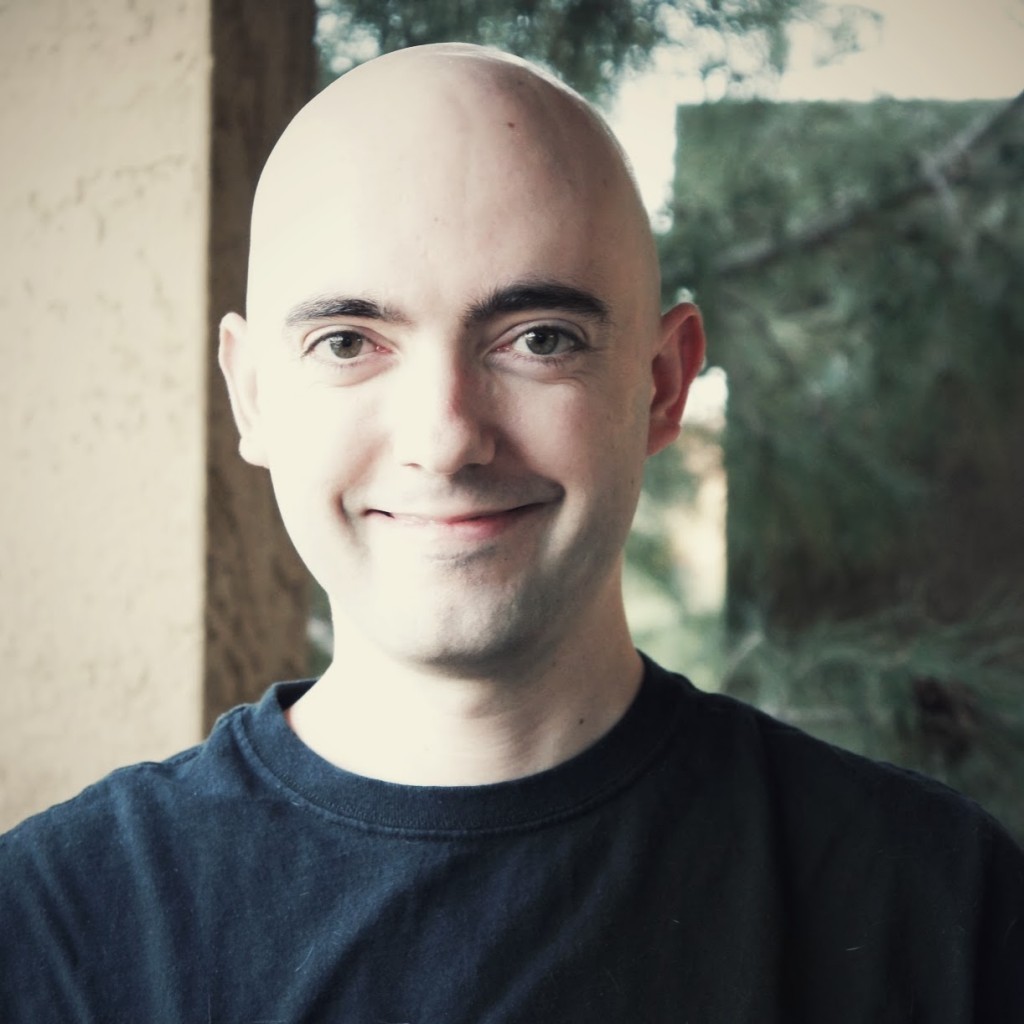Technology enhances culture of teaching and learning
A conversation with John Muir, ODEE associate director of course design

Add me on LinkedIn (opens in new window)
|
Chris Booker Ohio State News 614.292.7276 |
John Muir specializes these days in course design, educational technology and online learning. But in his heart, the member of the leadership team helping The Ohio State University adapt to all-virtual instruction is a teacher.
Muir, associate director of course design in the Office of Distance Education and eLearning, is part of the all-hands-on deck effort to help instructors and students transition to a world of virtual learning in response to the COVID-19 pandemic. A graduate of the College of Wooster, Muir has his master’s degree in Spanish and Latin American literature from Ohio State.
“I went to graduate school at Ohio State and developed a love of teaching here, and I had the opportunity in the Spanish department to do educational technology work,” he said. “I spent time working in online-only education, which was new to me, but there was a lot of technical knowledge that I gained. [I also gained] a lot of compassion and understanding for adult learners and the role that online education can play in increasing access to education outside of who might traditionally go to a place like Ohio State.”
In mid-March, when the university announced the suspension of face-to-face instruction, Muir and the leadership in ODEE had already started to think about what such a switch would look like and what it would take to get there. In addition to quickly standing up websites for instructors to Keep Teaching and for students to Keep Learning, they were prepared to offer technical support, online help desks and workshops.
Muir said Ohio State was well positioned to make a successful switch to virtual learning because of the culture at the university.
“At a basic level, we have a teaching culture at the university that is different than it is at other places, and it’s actually from the work President [Michael V.] Drake has done. It’s more out in the open and talked about these last few years. Some of that advice and recommendations [on the Keep Teaching website] would’ve been foreign to a lot of people because that wasn’t such a big topic of conversation in the past. But it really is lately.”
Muir said the ODEE help desk was prepared to handle a huge volume of calls in the days immediately following the announcement of the virtual learning initiative. But that wave never arrived. He attributes this not just to the tech-savvy community, but to the university’s culture of collaboration.
“From my perspective, one of the other things that has made this possible is that we have, from the individual instructors and units that my team works with, to Digital Flagship and ODEE … and all these colleges have their own, great operations related to teaching and technology,” he said. “So there is a ton of expertise from staff and every single one of these departments has instructors who have done online teaching or done teaching with technology. It really sounds like these groups of instructors were getting together and helping each other figure this out from day one.”
Which isn’t to say the effort has not come with challenges. Muir said he knows departments have had to work through issues like ensuring the academic integrity of final exams or making sure instructors adapt to the wide technology gaps their students face.
At some point, the physical distancing required to battle the pandemic will end. Students and instructors will again fill physical classrooms across the Columbus and regional campuses. The Oval will abound with student life.
Muir thinks the university’s focus on teaching and learning will continue to improve during this challenging time.
“I think it is an understanding of the human side and the teaching side of what online learning can be,” he said. “I think this is a moment when we can demonstrate and people can have the experience of this technology, where there are 6,000 faculty at Ohio State to doing 6,000 different things, but at its core it connects them to their students and lets them keep doing what they do.”


